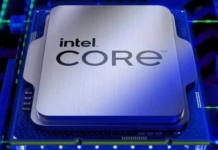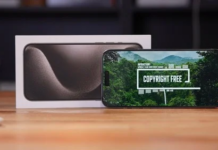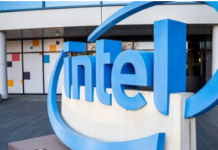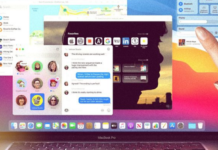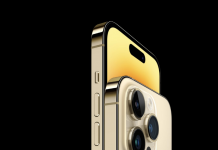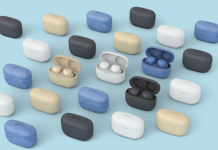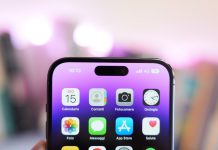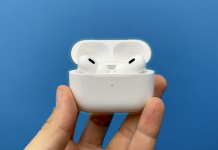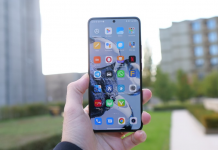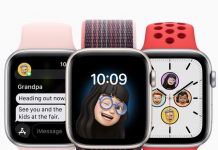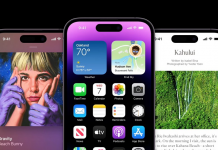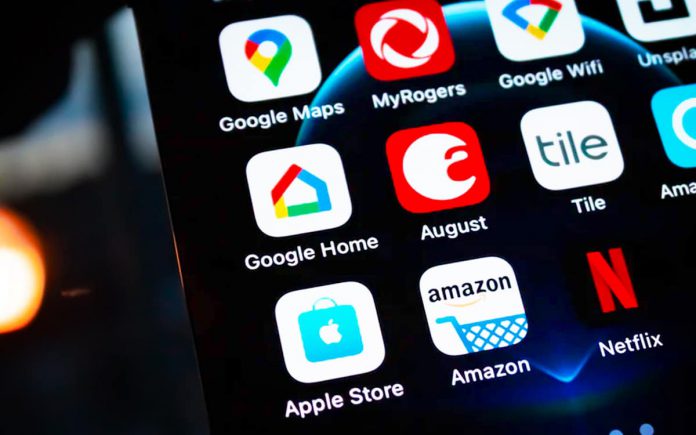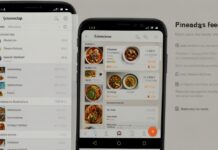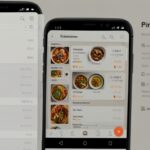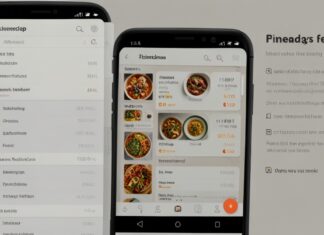Google announces two new features for developers that will finally simplify the addition of third-party-branded devices in Google Home: App Discovery and Deep Linking.
Credits: Unsplash
Installing a new Google Home or Chromecast is normally a breeze: just plug in the device and approach a smartphone with the Google Home app. A button at the top of the home page suggests setting up the device in a few simple steps, and then you can start using the device normally.
But things are a little more laborious when it comes to a third-party device. Including with hyper-well integrated and maintained ecosystems like Philips Hue devices. You have to set up your devices twice: once in the manufacturer app and then in the Google Home app.
Google finally tackles the laborious addition of third-party connected objects
The user must in the latter look for the appropriate applet in a list. All these steps that do not seem technically necessary, especially since this tends to complicate the use of these devices for the elderly or those a little resistant to technology. That’s why Google announces two new features: App Discovery and Deep Linking.
App Discovery automatically displays a shortcut in Google Home when the device has been configured in a third-party app installed on the smartphone. So now after you’ve set up your Hue lamps in the Philips app, you’ll just have to click on connect your Philips Hue lamps in Google Home.
Google explains that App Discovery is very simple to implement in existing applications with very little code. Deep Linking that could literally be translated as “deep linking” allows developers to integrate a button in their app that redirects directly to the right place in the Google Home app.
But Deep Linking doesn’t stop there. For example, it becomes easier to use Google Home to authenticate a service. The Deep Linking also has another advantage: if the Google Home app isn’t installed, the API detects it and redirects it instead to the right page on the Play Store or App Store.
Read also: Ok Google, here are the best voice commands
These two features are available from today, but obviously on the user side, you’ll have to wait a little longer before you see the fruits on your device.




